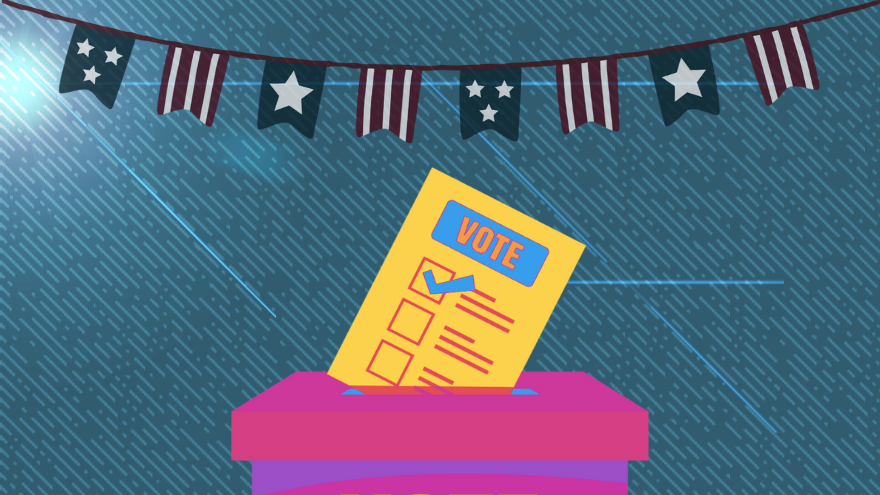Alaska may give up rank choice voting after two years.
In November, Ballot Measure 2 will ask voters to decide if they want to terminate the practice and return to a standard primary and general election process. Rank-choice voting was adopted through a different ballot measure – also titled Ballot Measure 2 – in 2020.
Under rank choice, a voter ranks all candidates for an open public office in order of preference. Candidates hope to secure 50 percent of the vote during the first round of voting to win the election. If no one is able to, the candidate with the least votes is eliminated and the votes are redistributed based on voters’ preferences. This process continues until one candidate has earned at least 50 percent of the votes.
“The system was first used in the state for the 2022 elections, leading to Democrat Mary Peltola flipping the longtime GOP-held at-large House seat for the state,” notes The Washington Examiner. "The result came from two Republicans splitting the vote, and Republican Sarah Palin was unable to acquire enough voters from fellow Republican Nick Begich’s voters in the final round.”
Critics of the system pointed out that 49.07 percent of voters selected the Republican candidates while 48.77 percent of voters backed the only Democratic candidate in the race.
Stop RCV, an anti-rank choice advocacy group, argues the system is “more complicated, more partisan, and less transparent.”
“In an RCV election, voters may get more power if they rank more candidates. But that means, rather than identifying one candidate to support, voters must research multiple candidates and form opinions about their relative preferences for as many as five or more,” argues the group. “This benefits those who have more time and access to information—in short, RCV gives more power to elites while making it harder for everyone else.”
The group said the more complicated elimination process leads to “more delays and longer lines at polling places” and “creates many new opportunities to make a mistake, increasing the chances that a voter’s intent is not correctly recorded or that ballots are disqualified and discarded.”
Rank choice voting has its defenders.
In an editorial published on Aug. 24, the Anchorage Daily News wrote:Alaska’s short history with ranked choice voting has so far been a strong success, giving candidates an incentive to consider the preferences of all their constituents, not just the party faithful. The system has been called “instant-runoff” voting because of the ability to consider voters’ second, third and fourth choices instantaneously. Now it’s increasingly looking like it might have the secondary benefit of removing the need for the state to pay for an additional statewide election every year.
While voters in Alaska consider repealing rank choice, voters in Oregon and Nevada will decide if their states should adopt the system. Nevada would end its party primaries in favor of an open primary while Oregon would maintain closed primaries and only use “ranked voting to federal and top statewide races, including for governor,” per Alaska Public Radio.
Maine currently uses rank-choice voting for its state primaries and during federal elections.

